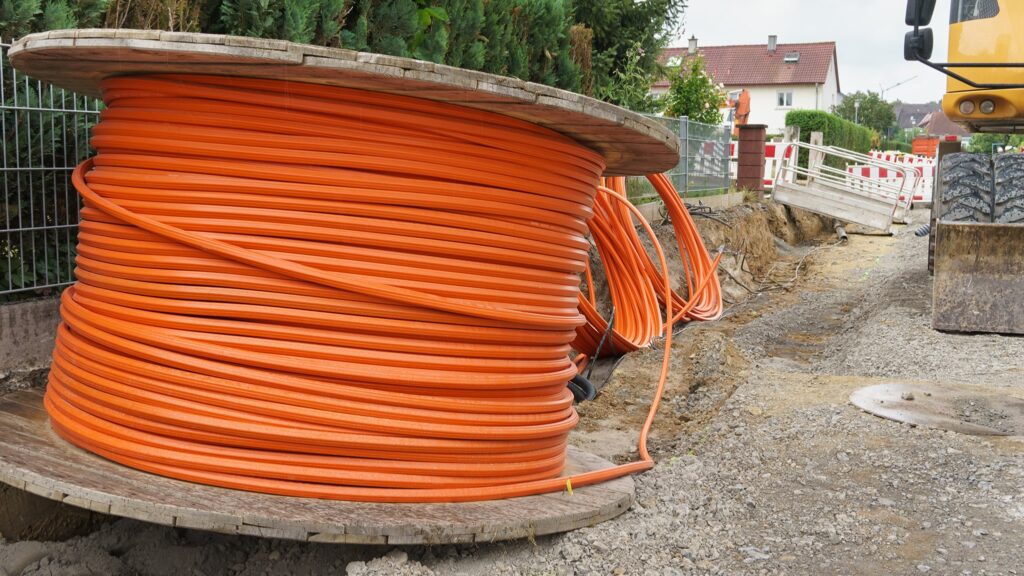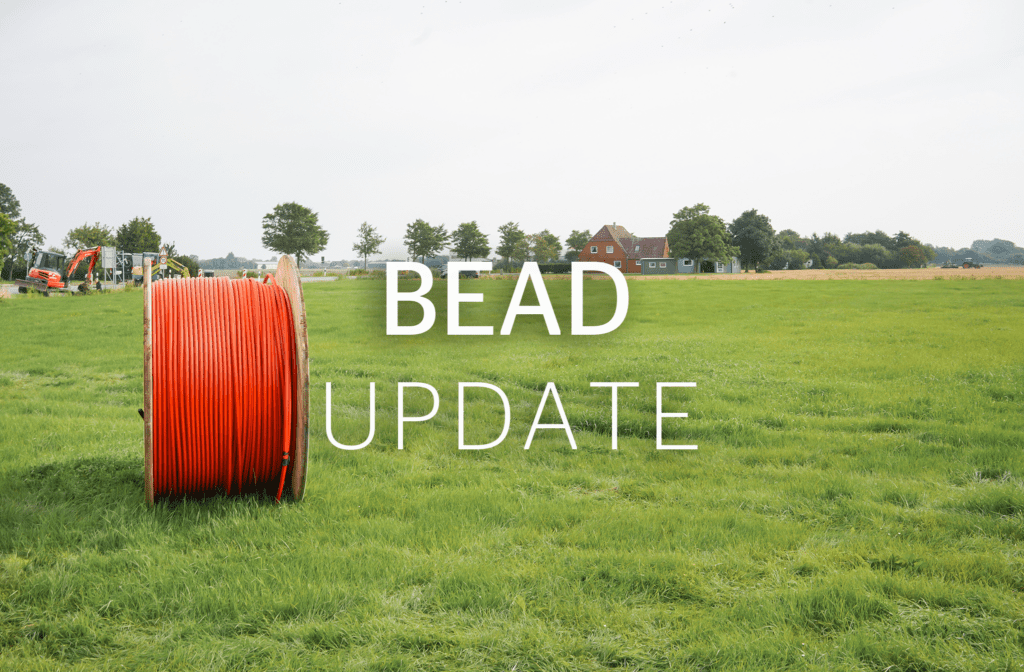FCC Restarting 5G Fund Effort, But No Reverse Auction Date in Sight
Randy Sukow
|

Through a pandemic, inflation and the struggle to gather reliable broadband coverage data, former momentum to fill the holes in mobile broadband coverage across the United States stalled. But the FCC yesterday attempted to rekindle it by adopting a Further Notice of Proposed Rulemaking to add clarifying provisions to the $9 billion 5G Fund program.
When we last left the 5G Fund in October 2020, the Commission had adopted rules to distribute funding for rural wireless networks through reverse auctions in two phases, similar to the rules for Rural Digital Opportunity Fund (RDOF) auctions. RDOF Phase I was in progress at the time. However, the Commission said it would not set a date for the first 5G Fund reverse auction until it had developed reliable maps of where both wired and wireless broadband service existed and where it did not.
“Thanks to the work at our broadband data task force, we have maps that are light years ahead of what we produced before,” Chairwoman Jessica Rosenworcel said during the FCC’s monthly agenda meeting. “As a result, we now know that over 14 million homes and businesses nationwide do not have mobile 5G coverage today.”
However, as Commissioner Brendan Carr said, “I think at the time [2020] we didn’t anticipate that we would be waiting this long, or perhaps we would have made a different decision.” And the Commission is still not ready to announce a date for a reverse auction. Instead, it is first proposing to add several new rules to the ones it adopted in 2020.
For example, the FNPRM asks whether support should go to areas where Broadband Data Collection data shows no coverage by at least one 5G carrier or areas lacking both 4G and 5G coverage, as the Commission adopted in the first 5G Fund Order. In other words, the fund potentially overbuild areas where 4G coverage already exists?
Commissioner Nathan Simington disagreed with reopening the issue for comment, saying that introducing coverage to unserved areas is more important than the technology carriers use. “5G does not represent a transformational change for end-consumer mobile broadband service. In fact, 5G service in those areas operates on similar bands, at similar speeds, and with similar performance characteristics as 4G LTE service,” he said.
The Commission also is looking at ways to tweak the metrics for measuring eligibility over geographic areas. The metrics of the new National Broadband Map are significantly different from those the FCC used in 2020.
The FCC is also exploring whether to use the 5G Fund proceeding as an incentive for carriers to adopt Open Radio Access Network (Open RAN) technologies, which allow carriers to interoperate infrastructure equipment from multiple vendors seamlessly and securely. The Commission believes Open RAN’s flexibility potentially could improve security and innovation in wireless networks at lower construction costs.
Reaction from CTIA, the leading association for the mobile phone industry, was positive. “Implementing the 5G Fund and using the FCC’s new maps will help extend the benefits of advanced 5G services to more communities and consumers,” said Meredith Attwell Baker, president and CEO.


